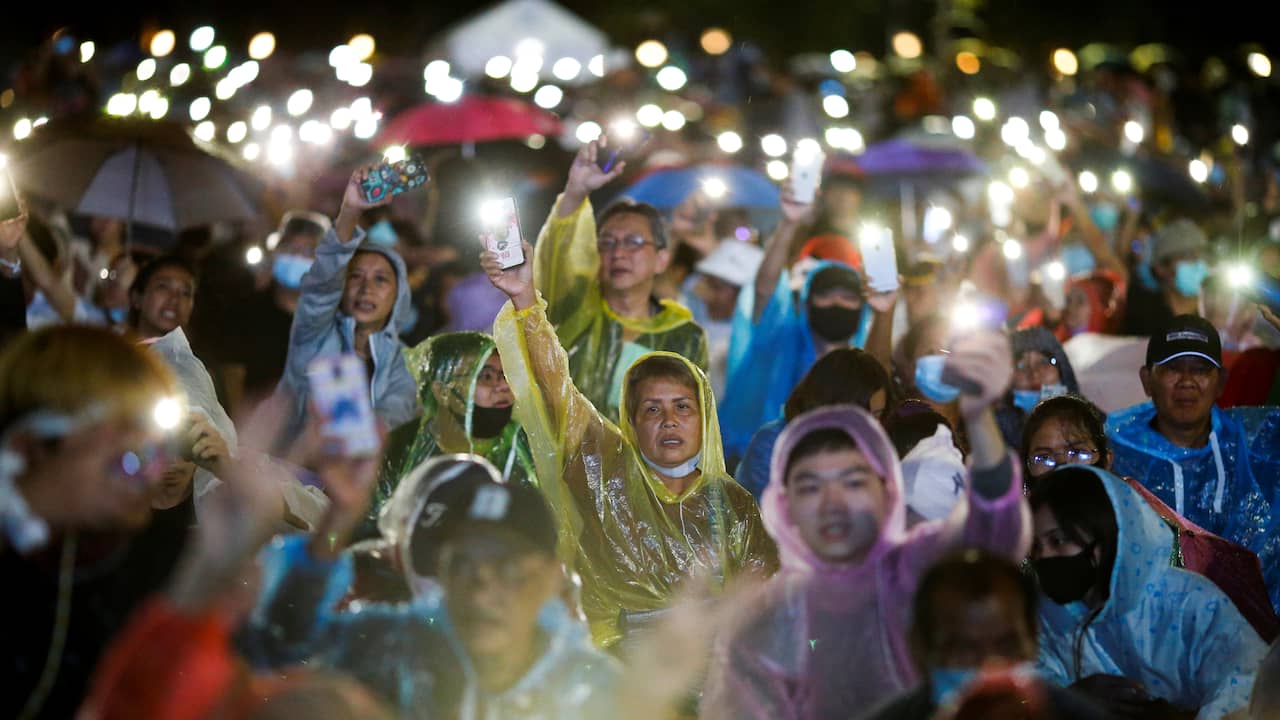Experts say it is too early to draw conclusions from research or recommend that people start wearing eye protection other than masks in hopes of lowering the risk of infection.
It could be that the glasses act as a partial barrier, protecting the eye from coughing or sneezing splashes.
Another explanation for these findings is that people who wear glasses are less likely to rub their eyes with contaminated hands.
A 2015 report on facial touch found that during an hour, students watching a lecture touched their eyes, nose, or mouth, on average, about 10 times, although the researchers didn’t see whether wearing glasses made a difference in itself.
The current study, published in JAMA Ophthalmology, is accompanied by comments from Dr. Lisa Maragakis, an infectious disease specialist and professor of medicine at the Johns Hopkins School of Medicine, who urges caution in interpreting the results.
The small study involved fewer than 300 cases of COVID-19, a fraction of the nearly 30 million cases of coronavirus infection reported worldwide. Another concern is that the data on nearsightedness in the comparison group were obtained from a study that took place decades earlier.
Dr Maragakis noted that a number of factors can confuse data, and it is possible that eyeglass use is associated with other variables that affect the risk of COVID-19. For example, it could be that people who wear glasses tend to be older, more cautious and more likely to stay at home during a viral outbreak, than those who don’t. Or maybe people who can afford glasses are less likely to catch the virus for other reasons, such as having the means to live in a less crowded place.
“This is a study,” said Dr. Maragakis.
“There are biological reasons, considering that in health facilities, we use eye protection” such as face shields or goggles.
“But what remains to be investigated is whether eye protection in public places will increase protection over masks and physical distancing. I think it’s still unclear. “
– .
:strip_icc():format(jpeg)/kly-media-production/medias/3153925/original/057214300_1592290665-woman-in-mask-holding-toilet-paper-3962330__1_.jpg)

